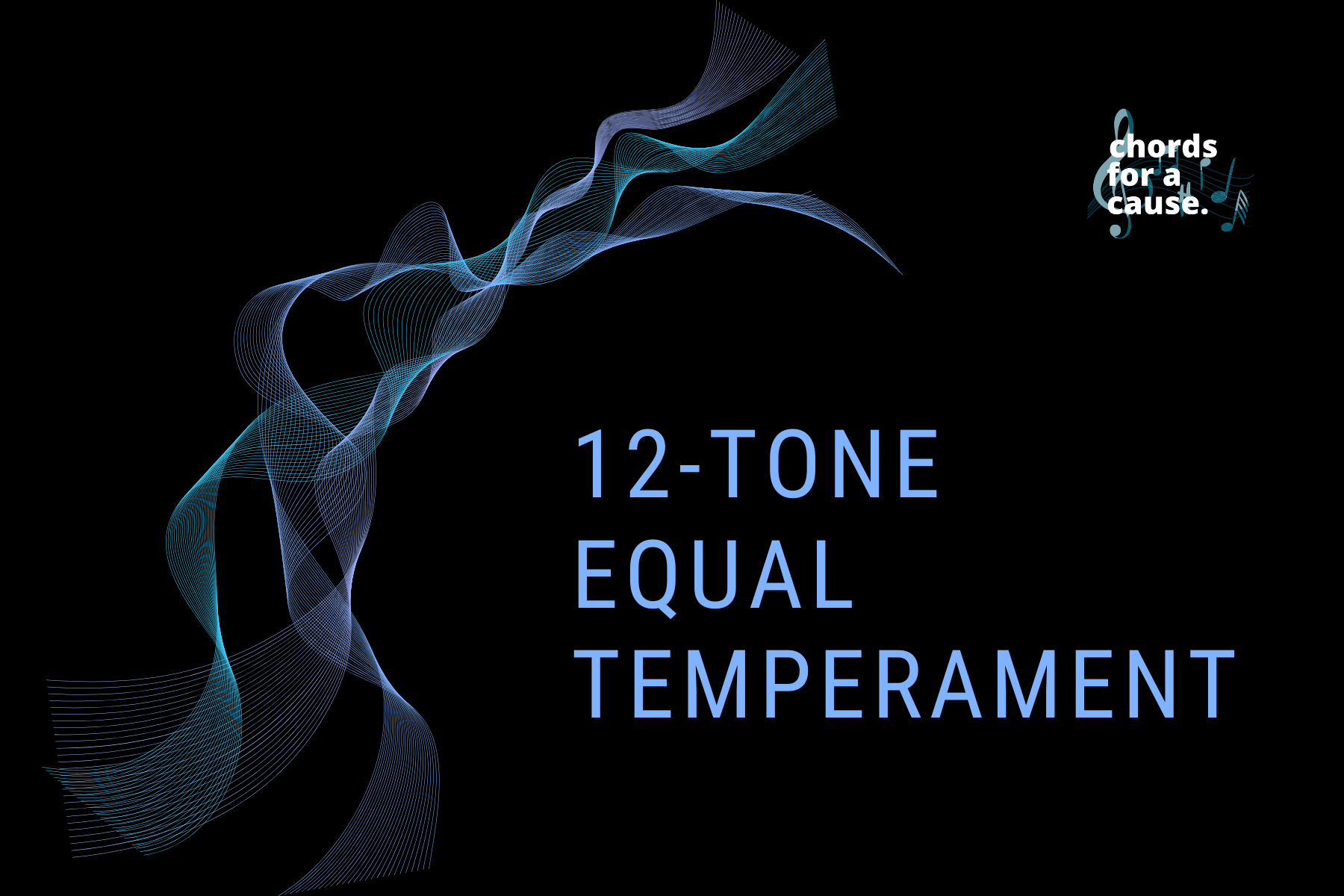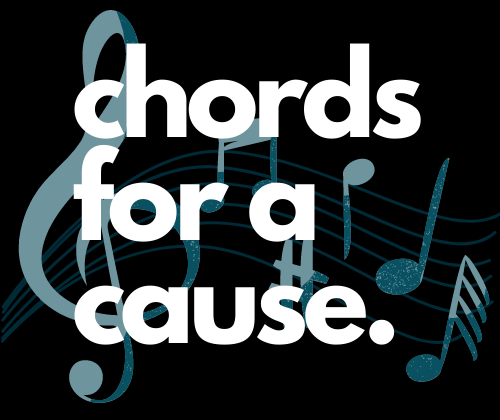Disagreements surrounding the traditional twelve-tone equal temperament tuning system

For thousands of years, humans have been creating music that makes use of relationships between pitches. Called ‘harmony’, these groups of notes played simultaneously allow the human ear to perceive a new sound. In Western music, these relationships are easily understood by the human ear as well as quite simple to explain through scientific exploration.
In the 6th century BCE, the Greek philosopher Pythagoras demonstrated that a plucked string could be divided into ratios to create harmonies that were pleasing to the ear. He found that specific intervals were created by forming specific ratios. One of the most important findings in Pythagoras’ investigation was what we know today as the octave. This interval was found through a 2:1 ratio of string lengths, between one pitch and the one double its frequency. The octave is arguably the most important interval in the harmonic system known as equal temperament.

Equal temperament is the foundation of the Western twelve tone musical system that is used today. In this system, the octave is split into equal semitones that we know as notes. The twelve tone system splits the octave into twelve semitones— C, C#, D, D#, E, F, F# G, G#, A, A# and B. Nearly all the music we listen to in the modern Western world, from Dmitri Shostakovich to John Williams to Taylor Swift, makes use of this tuning system.
However, with the knowledge that pitch is a spectrum with an infinite number of notes, many wonder why the twelve-tone system is so widespread. While powerful, it can also be incredibly limiting.
Composers such as Du Fay, Monteverdi, and Schoenberg have attempted to develop a more expressive sound by developing new practices. American composer Harry Partch developed a 43-tone scale. Other parts of the world have used other scales for centuries; the Arabic tuning system splits the octave into 24 equal parts, and the Slendro scale, used in Indonesia splits uses only five notes.
Music as we know it is constantly evolving. As we continue to do so, is it possible that a new sound could be explored?
For further reading and research:
- British musician Jacob Collier’s deponstrated microtonal music in this presentation.
- Dolores Cathorino’s polychromatic composition ‘Toward the Continuum’
- Andrew Gula’s 2014 study “Implementation of a Ten-Tone Equal Temperament System.”
Bibliography:
Cho, Gene. “The Significance of the Discovery of the Musical Equal Temperament In the Cultural History.”
Ellsworth, Oliver B. “A Fourteenth-century proposal for equal temperament.” In 1974, pp. 446-455. University of California Press, 2020.
Monzo, Joe. Equal-temperament. http://tonalsoft.com/enc/e/equal-temperament.aspx#edo-table.

